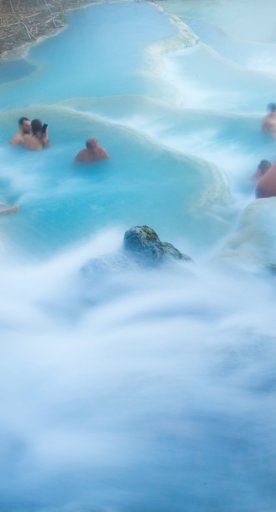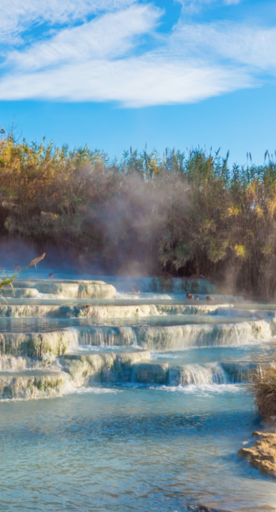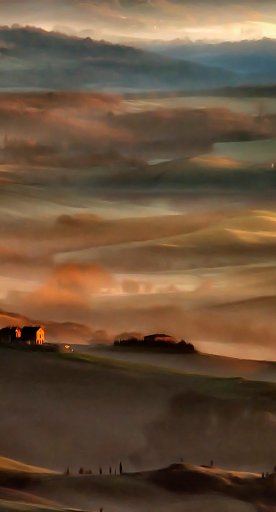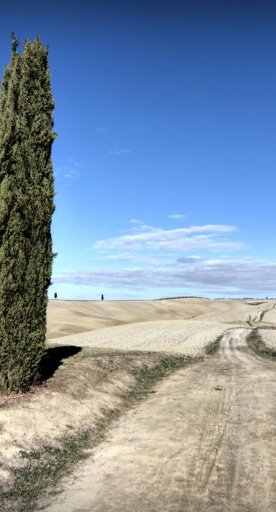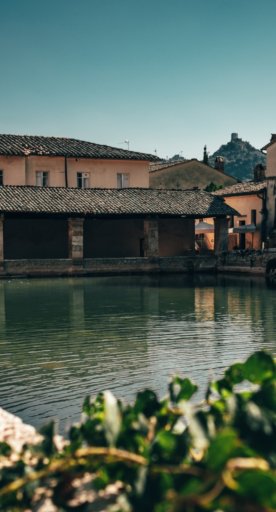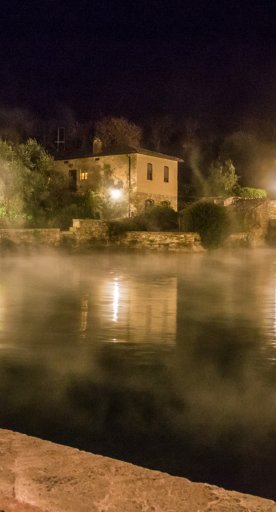

Nature Train: slow travel on the wagons of the past
On board historic trains, embark on an unforgettable journey that's suitable for the whole family
Travelling on historic trains is a magical experience, balanced between going back to the past and recovering what was lost. This is the case for the Nature Train, a project that promotes the discovery of the territory while aboard train carriages from the 1930s. With the cheerful chugging of the train in the background, the journey through Siena becomes a unique adventure to be experienced with the whole family, all while enjoying the relaxation and wonder.
-
1.Back in time on the Nature Train
-
2.Wonderful places to explore slowly
-
3.A journey into taste and traditions
Back in time on the Nature Train

The historic trains run along railways that are now closed to ordinary traffic, with the power to bring the places they pass through back to life. In this way lines such as those of Asciano - Monte Antico and stations like Torrenieri are once again filled with noise, people and liveliness.
At the departure stations at Siena and Grosseto you can expect the train with its centoporte carriages pulled by the railcar or by the imposing locomotive that announces itself from afar with its puffs of steam.
Wonderful places to explore slowly
In spring and autumn the Nature Train travels through numerous landscapes, whil you're comfortably seated on board original vintage wagons admiring the hills of the Val d’Orcia and the vast expanses of vineyards that produce excellent Tuscan wines. We enter charming Crete and the landscapes of the Val d’Arbia, up to the wood-covered slopes of Monte Amiata.
During the stops of the train, you can get off to take photographs of fields that spread as far as the eye can see and which are unreachable by other means. Once at your destination, you can go hiking in nature, visit museums and take part in village festivals.
A journey into taste and traditions

Travelling on the Nature Train is an opportunity to immerse yourself not only in the past, but also in the authentic Tuscan lifestyle. Each trip lasts one day and is often takes in festivals, sagre and typical local events such as the White Truffle Market Exhibition in San Giovanni d'Asso, the Porcini Mushroom Festival in Castiglione d'Orcia and the Market in the Campo in Siena.
The festivals and fairs are moments in which traditions are renewed, the villages come alive and all the streets fill with the scent of deliciousness. In spring, it's possible to taste high quality products such as the Marzuolo truffle, while autumn brings the flavours of the forest, new oil and wine.
You can stop for tastings, participate in lunches in the town or book a table in typical restaurants that serve exceptional recipes, all presenting unique opportunities to enjoy great food in good company.
For more information: fondazionefs.it
What’s nearby?











